 Don’t Read This Book . . . Even If You Could
Don’t Read This Book . . . Even If You Could
I’ve made the terrible mistake of reading and re-reading an extremely unsettling book, and want to warn you against engaging with it.
The volume in question is How to Talk About Books You Haven’t Read, by Pierre Bayard, translated from the French by Jeffrey Mehlman (New York: Bloomsbury, 2007). The copy I have is a paperbound “uncorrected bound manuscript” purchased for $1 at Strand Books in Manhattan ― that is, a review copy sent out in advance of the official publication date. The significance of this fact will become clear shortly.
Bayard is a professor of French literature at the University of Paris VIII, also a psychoanalyst, and what we sometimes call a public intellectual. I’ve yet to determine whether he’s related to Hippolyte Bayard, the French inventor of photography who faked his own suicide in a photograph. Be that as it may, the book under consideration, though directed toward our relation to works of literature, pertains no less to our relation to photographs, as I’ll explain.
In this slender, elegantly reasoned, and eminently readable book, Bayard makes a complex but persuasive argument with several layers: (a) that those of us who talk (and write) about books must perforce often discuss works we haven’t read ― if only because the canon to which anyone cultivated pays respect has become so vast; (b) that this fact, commonly treated as a shameful secret and thus rarely stated, should be acknowledged, openly discussed, and embraced as truth, because (c) only then can we explore the reality of a discourse based on such fragmentary knowledge of the works in question and enjoy the benefits thereof.
Bayard’s forthright owning up to this condition in his own case ― especially given his role as a professor of literature — thus constitutes both an act of courage and a breakthrough. As he announces early on, “Reading is first and foremost non-reading. Even in the case of the most passionate lifelong readers, the act of picking up and opening a book masks the counter-gesture that occurs at the same time: the involuntary act of not picking up and not opening all the other books in the universe.” (For the audio of a National Public Radio interview with Bayard, and a transcript thereof, click here.)
Not content with those radical proposals, Bayard goes further. All reading, he asserts, is necessarily incomplete and otherwise flawed ― we make accidental word substitutions and otherwise misread, our attention lapses, we skip a passage. Having once read something, our memory of what we’ve read dependably elides most of what passed before us on the page, save perhaps for those rare eidetikers among us with photographic memories. (Recent fictional examples include Thomas Harris’s FBI consultant Will Graham and Stig Larsson’s Lisbeth Salander, the “girl with the dragon tattoo.”) Indeed, even if we could recall it verbatim we won’t have read the book accurately once, since, as information theory teaches us, the message sent (by the author) is never exactly the message received (by the reader).
Re-reading doesn’t provide a solution, for, just as, per Heraclitus, we can’t step in the same river twice, we can’t read the same book twice, since both we and the book will have changed during the interval. (The second time you read any book, you know how it concludes; thus the outcome is no longer in doubt.) It follows, then, that no two people can conceivably claim to have read the same book, which would obviate any sane discussion of any book save for conventions that permit us to ignore these truths ― or, as Bayard recommends, to establish new protocols that build on them.
Perhaps mercifully, Bayard doesn’t address at all the fact that books also change in more literal ways. Not only are different editions differently laid out and designed, which affects their reception, but they come to us in different media ― on paper, as audiobooks, on the screen of a digital device ― which also affects our engagement with their content. Not to mention the process of translation, which de facto alters the original. And that content itself is mutable: variant editions add to, delete from, or otherwise revise the text, sometimes significantly.
Take the case in point, my copy of Bayard’s treatise. As I noted earlier, it’s an “uncorrected bound manuscript,” laid out and typeset but not yet subjected to its final proofreading by its author, the translator, and the publisher’s line editor. As a result, it contains several typographic errors that I spotted which may (but may not) get fixed in the published edition. It’s also possible that the author or his translator will revise some passages during that process, conceivably changing at least the nuances of his argument.
This book, then, exposes the dirty little secret of the literati: None of us have read all the books to which we refer knowingly. By the time you finish “reading” (I use the word advisedly now) Bayard’s wry, sly text, you may find his airing of that secret liberating. Yet it has the insidious effect of luring you down a Borgesian rabbit hole, traversing which you begin to doubt whether, in fact, you have ever truly read any book once in your entire life. Unless you’re prepared to confront that possibility, beware.
The consolation Bayard offers goes beyond the cleansing power of such confession. In addition to enumerating four classes of books ― those we don’t know at all, those we’ve read but forgotten, those we’ve skimmed, those we’ve merely heard of ― he suggests that, in our discursions about books, we access several “libraries.” The first of these he calls the “collective library,” by which he means the particular subset of books with which any of our particular cohorts (say, our fellow faculty members in a department devoted to a specific discipline) expects its members to have at least a passing familiarity.
The second mental bibliothèque Bayard labels the “inner library,” defined as “that set of books ― a subset of the collective library ― around which every personality is constructed, and which then shapes each person’s individual relationship to books and to other people. . . . [T]hese private libraries . . . are primarily composed of fragments of forgotten and imaginary books through which we apprehend the world.” However partial and inaccurate our personal “inner libraries” may be vis-a-vis the texts from which they derive, they provide the reference points with which we navigate the social environment(s) in which we share one or more “collective libraries” with our contemporaries.
In those contexts, Bayard contends, “Being cultivated is a matter . . . of being able to find your bearings within books as a system, which requires you to know that they form a system . . . . It is, then, hardly important if a cultivated person hasn’t read a given book, for though he has no exact knowledge of its content, he may still know its location, or in other words how it is situated in relation to other books.”
So, to use an example Bayard gives in relation to James Joyce’s Ulysses (a book he says he’s never “read” and perhaps never will), it suffices for him to know “that it is a retelling of the Odyssey, that its narration takes the form of a stream of consciousness, that its action unfolds in Dublin in the course of a single day, etc.” If this resembles a relationship to a literary work akin to having seen the movie thereof, or perused the CliffsNotes synopsis, or the Classics Illustrated comic-book versions of my childhood, or some equivalent of Tales from Shakespeare by Charles Lamb and Mary Lamb, I don’t think Bayard would disagree. Au contraire, pal; Bayard holds that such substitutes not only prove socially expedient, but can profitably serve as a basis for serious discussion of any piece of writing.
I wouldn’t recommend this for all books. Nor does Bayard ― though, perversely, he does suggest several times that engaging in depth with any given book can disrupt, even destroy, one’s overview of the field of ideas. Clearly he’s not an advocate of what Roland Barthes called “the pleasures of the text,” in which I’m apparently more wont to indulge that he. All the same, based on my own experience, I learned a lot more about writing from Walt Kelly than I did from Thomas Hardy, and would have profited more as a writer from reading Pogo than I did from ploughing through Jude the Obscure, had I worked up the chutzpah shown by some of my classmates and used the CliffsNotes rendering of the latter to free up time for the former.
Had I done so, however, that choice ― no matter how I rationalized it at the time, and no matter how reasonable it seems to me (and perhaps you) today ― would have resulted in my performing an act once quaintly known as “talking through my hat” as soon as I opened my mouth in class about Hardy’s tome, or wrote about it on an exam or in a term paper. Bayard’s book, then, represents a spirited defense of ― nay, an energetic advocacy of ― talking through one’s hat. Nowadays we use a more blunt locution as the name of that act: Bullshitting.
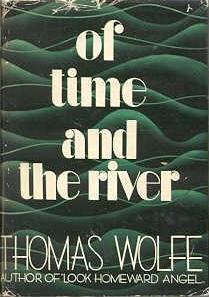 [Postscript, May 6, 2013: After wrapping up this series of posts, I remembered Thomas Wolfe’s thinly disguised self-portrait as Eugene Gant in Harvard University’s Widemer Library, in Of Time and the River (1935): “Now he would prowl the stacks of the library at night, pulling books out of a thousand shelves and reading in them like a madman. The thought of these vast stacks of books would drive him mad: the more he read, the less he seemed to know ― the greater the number of the books he read, the greater the immense uncountable number of those which he could never read would seem to be. . . . Yet this terrific orgy of the books brought him no comfort, peace, or wisdom of the mind and heart. Instead, his fury and despair increased from what they fed upon, his hunger mounted with the food it ate. . . . This fury which drove him on to read so many books had nothing to do with scholarship, nothing to do with academic honors, nothing to do with formal learning. He was not in any way a scholar and did not want to be one. He simply wanted to know about everything on earth; he wanted to devour the earth, and it drove him mad when he saw he could not do this.”]
[Postscript, May 6, 2013: After wrapping up this series of posts, I remembered Thomas Wolfe’s thinly disguised self-portrait as Eugene Gant in Harvard University’s Widemer Library, in Of Time and the River (1935): “Now he would prowl the stacks of the library at night, pulling books out of a thousand shelves and reading in them like a madman. The thought of these vast stacks of books would drive him mad: the more he read, the less he seemed to know ― the greater the number of the books he read, the greater the immense uncountable number of those which he could never read would seem to be. . . . Yet this terrific orgy of the books brought him no comfort, peace, or wisdom of the mind and heart. Instead, his fury and despair increased from what they fed upon, his hunger mounted with the food it ate. . . . This fury which drove him on to read so many books had nothing to do with scholarship, nothing to do with academic honors, nothing to do with formal learning. He was not in any way a scholar and did not want to be one. He simply wanted to know about everything on earth; he wanted to devour the earth, and it drove him mad when he saw he could not do this.”]
•
This post supported by a donation from the Estate of Lyle Bongé.


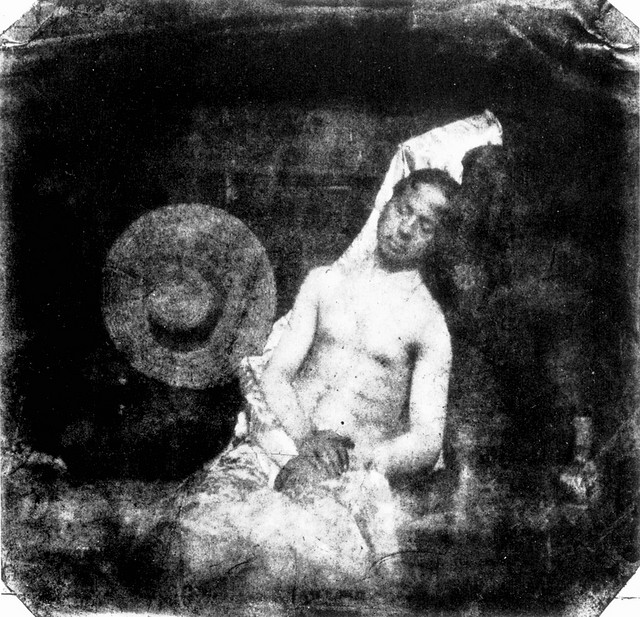
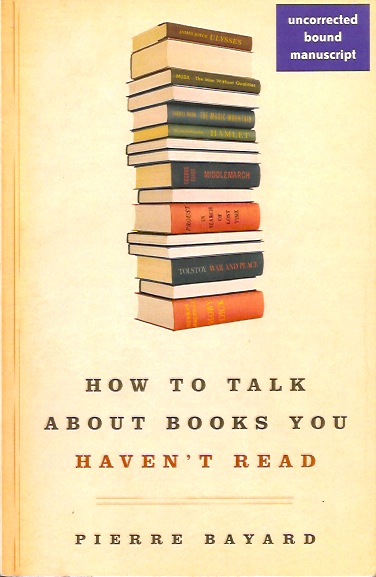
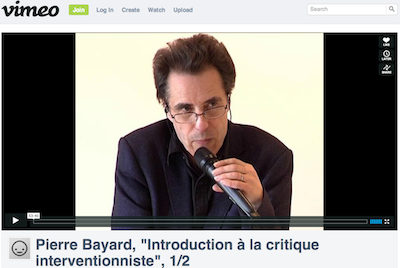

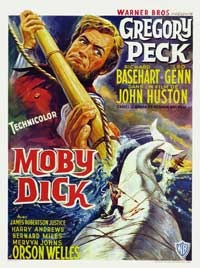
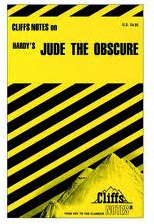




Leave a Comment